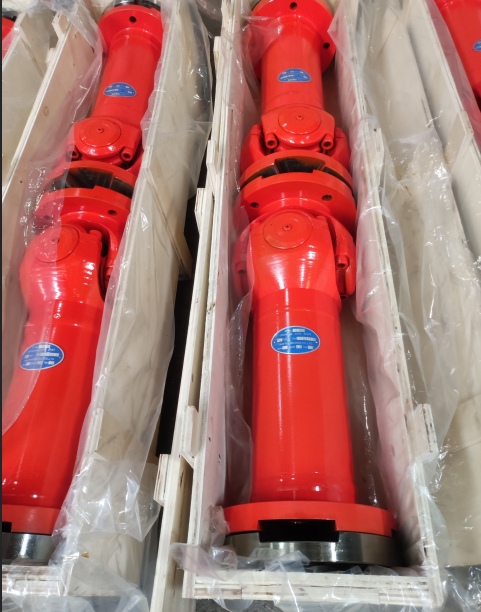 |
| shaft coupling ,www.timothyholding.com |
Coupling Manufacturing Process
Couplings fall under the category ofgeneral mechanical components, used to connect two shafts (drive shaft and driven shaft) in a mechanical system, transmitting torque through rotation. Inhigh-speed, heavy-duty power transmission, some couplings also providebuffering, vibration damping, and improved dynamic performance of the shaftsystem.
 |
| universal joint coupling ,www.timothyholding.com |
A coupling consists of a cold-assembled section that connects the driveand driven shafts.
In shaft-driven mechanical systems,couplings are commonly used as connecting elements. Most power machinery islinked to working machines via couplings. By the late 20th century, couplingproducts had rapidly developed both domestically and internationally. For mostdesigners, selecting the right coupling to meet machine requirements fromvarious options with different performance characteristics has always been achallenge in product design.
Common types of couplings include:
Plum blossom (jaw) couplings
Diaphragm couplings
Oldham (cross-slider) couplings
Gear couplings
Universal joints
Star-shaped elastic couplings
Flexible (elastomeric) couplings
Forging Process
Forging can be categorized into manualfree forging and mechanical free forging.
Manual free forging has low production efficiency and high labor intensity, making it suitable only for repairs or small-scale, simple production.
In modern industrial production, mechanical free forging has become the primary method, playing a crucial role in heavy machinery manufacturing.
Material Requirements for Coupling Forgings:
Must come with inspection certificates.
Material substitution requires buyer approval and written documentation.
Forgings must be produced using hydraulic presses or sufficiently powered forging hammers.
Adequate forging ratios must be maintained to ensure uniform microstructure.
The forging axis should align with the ingot’s central axis.
Forgings can be made from ingots or billets; scale forging is permitted but requires separate heat treatment.
WZL Standard Crane Drum Coupling
Post-Forging Heat Treatment
Pre-heat treatment is performed to refine the forging’s microstructure and improve machinability.
Rough Machining
Before heat treatment, rough machining is conducted, leaving minimal machining allowance.
Performance Heat Treatment
Quenching and tempering are applied to achieve required mechanical properties.
Post-Treatment Machining
After passing mechanical property tests, forgings are machined to dimensions and surface roughness specified in supplier drawings.
If any surface exceeds rework limits, stress relief is mandatory.
Stress Relief Treatment
Stress relief temperature must be 30°C below final tempering temperature, followed by slow cooling.
If stress relief exceeds this limit, mechanical retesting is required.
No comments:
Post a Comment